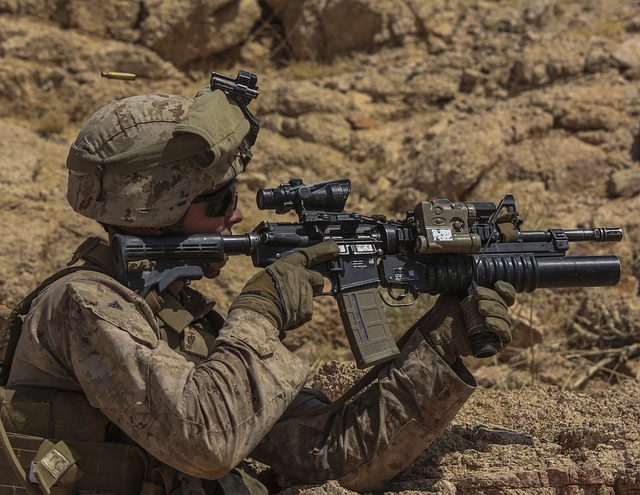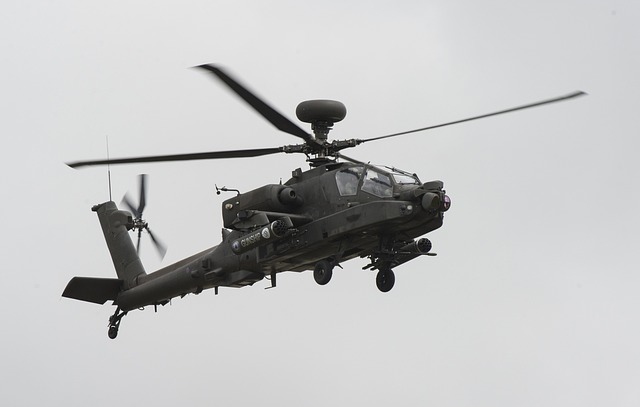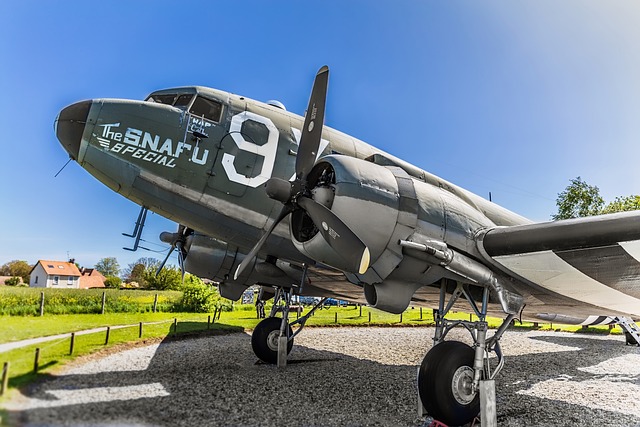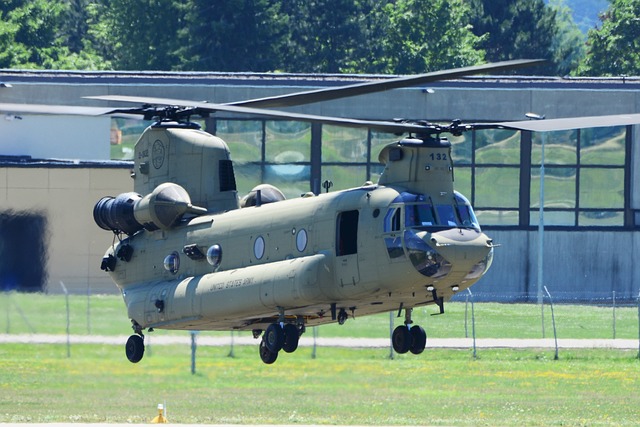The 82nd Airborne Division Flag protocol when lowered to half-staff is a profound symbol of mourning and honor, particularly for members of the division who have shown exceptional courage or have passed away. This practice, rooted in historical significance and mandated by U.S. Congress legislation since July 8, 1942, is a national gesture of respect, especially for high-ranking officials, and has been extended to honor other dignitaries. The flag is flown at half-staff from sunrise to sunset, with precise guidelines ensuring its respectful handling, including a slow and deliberate lowering and avoidance of contact with the ground. This tradition reflects the division's commitment to honoring its legacy and the sacrifices made for national security, liberty, and honor. The 82nd Airborne Division Flag at half-staff thus stands as a visual tribute to the valor and dedication of those who have served, ensuring their memory is kept with reverence and dignity. The division strictly adheres to these protocols, affirming its enduring spirit and respect for tradition through this act of remembrance. Keywords: 82nd Airborne Division Flag protocol, half-staff observance, remembrance tradition, collective reflection, enduring spirit of honor.
The 82nd Airborne Division Flag stands as a poignant symbol of honor, mourning, and respect. This article delves into the protocols and significance behind displaying this flag at half-staff, a practice deeply rooted in American tradition. From its historical origins to the precise guidelines governing its raise and lower, we explore the solemn observances that pay tribute to the division’s valiant service and those who have fallen. Understanding these protocols not only honors the legacy of the 82nd Airborne but also upholds a vital aspect of national ceremonial customs.
- Understanding the Significance of the 82nd Airborne Division Flag at Half-Staff
- Historical Context and Origins of Half-Staff Display
- Protocols for Raising and Lowering the 82nd Airborne Division Flag
- Guidelines for Half-Staff Observance in Honor of the Division's Service and Losses
Understanding the Significance of the 82nd Airborne Division Flag at Half-Staff

The 82nd Airborne Division Flag at half-staff is a poignant symbol of respect, mourning, and national recognition. This flag, distinct with its unique emblem representing the esteemed 82nd Airborne Division of the United States Army, when lowered to half-staff, communicates a significant message of honor and solemnity. The act of hoisting this flag at half-staff is prescribed under specific circumstances, typically as a tribute to those who have served with valor or as a mark of respect following the demise of distinguished military personnel, veterans, or other individuals meriting such recognition. This protocol not only pays homage to the fallen but also reinforces the bond between the military and the civilian population, serving as a reminder of the sacrifices made in the name of duty, freedom, and country. The 82nd Airborne Division Flag at half-staff thereby becomes a visual representation of the nation’s shared grief, gratitude, and respect for those who have defended American interests both at home and abroad. It is a practice steeped in tradition and significance, ensuring that the memory and honor of those being commemorated are preserved with the utmost dignity.
Historical Context and Origins of Half-Staff Display

The tradition of flying flags at half-staff dates back to ancient times, serving as a public display of mourning or respect for the deceased or fallen heroes. The practice is steeped in history and has evolved over time. In the United States, the half-staff flag protocol was officially established by an Act of Congress on July 8, 1942, which mandated that the flag be flown at half-staff nationwide upon the death of a President, ex-President, or the bearer of the title of President. This act specifically mentioned the 82nd Airborne Division Flag, highlighting its significance and the need for proper respect during times of mourning. The 82nd Airborne Division, known for its valor and service, became symbolic in demonstrating national grief and honor. The flag protocol has since been expanded to include other dignitaries, such as members of Congress, Supreme Court Justices, and certain military personnel, reflecting the nation’s respect for their service and sacrifice. This practice not only serves as a somber tribute but also unites people across the country in collective grief and remembrance. The half-staff display, with the 82nd Airborne Division Flag at its historic core, remains a powerful emblem of national mourning and respect for those who have served and sacrificed their lives for the nation.
Protocols for Raising and Lowering the 82nd Airborne Division Flag

The protocol for raising and lowering the 82nd Airborne Division Flag is a solemn tradition that holds deep significance within the military community. This flag, a symbol of valor, discipline, and camaraderie, follows specific guidelines to honor its members and reflect the division’s ethos. When raised, it should be hoisted briskly and lowered slowly in a manner befitting the esteemed unit it represents. In instances of mourning or paying respect to fallen soldiers or notable figures associated with the 82nd Airborne Division, the flag is flown at half-staff. This act of remembrance is performed in accordance with federal and military guidelines, which dictate that the flag should reach the top and bottom edges of the flagpole simultaneously before settling at half-mast for the duration of the mourning period. The precise timing and method of hoisting and lowering the flag serve as a tangible expression of respect and are integral to the tradition that surrounds the 82nd Airborne Division Flag.
The procedure for raising and lowering the 82nd Airborne Division Flag during times of mourning is detailed in the United States Flag Code, as well as specific regulations set forth by the division itself. It is a practice steeped in tradition and protocol that requires attention to detail and a profound sense of duty. The flag should never touch the ground when being raised or lowered; instead, it must be carefully draped or lowered by hand. This is indicative of the division’s commitment to precision and respect for the sacrifices made by its members. Whether in times of joy or sorrow, the 82nd Airborne Division Flag stands as a testament to the indomitable spirit of the paratroopers it represents.
Guidelines for Half-Staff Observance in Honor of the Division's Service and Losses

The 82nd Airborne Division flag is often lowered to half-staff as a mark of respect and mourning for those who have served with distinction within its ranks or to honor the memory of individuals closely associated with the division. This somber gesture is guided by both federal and local protocols, ensuring that the tribute is consistent with the solemnity it represents. When such an observance is declared, it typically lasts from sunrise to sunset on the designated day. The specific directive for half-staff status is issued by the appropriate authorities, often in coordination with the division’s command. It is a time for the division and its surrounding community to collectively reflect on the sacrifices made by its members, both past and present, and to pay homage to those who have fallen or are remembered with deep respect. The guidelines stipulate that the flag should be hoisted back to full staff immediately after sunset on the day of observation, reaffirming the division’s enduring spirit and commitment to honor its legacy. Additionally, the protocol extends to all buildings and facilities under the jurisdiction of the division, symbolizing a united front in remembrance. It is through these precise yet poignant actions that the 82nd Airborne Division maintains its tradition of respect and memory, ensuring that each act of remembrance is both meaningful and conducted with the highest level of dignity.
The 82nd Airborne Division Flag stands as a poignant symbol of honor, sacrifice, and remembrance. This article has delved into the historical context and origins of displaying flags at half-staff, providing clarity on the significance behind this solemn gesture. It has outlined the protocols for properly raising and lowering the 82nd Airborne Division Flag, ensuring that these actions are conducted with respect and precision. The guidelines for observing half-staff in tribute to the division’s valiant service and those who have made the ultimate sacrifice underscore the profound impact of such traditions. As a token of our nation’s gratitude and collective mourning, the practice of flying the 82nd Airborne Division Flag at half-staff remains a meaningful way to honor their legacy.
